Fun Facts About Christmas Plants
Fun Facts About Christmas Plants
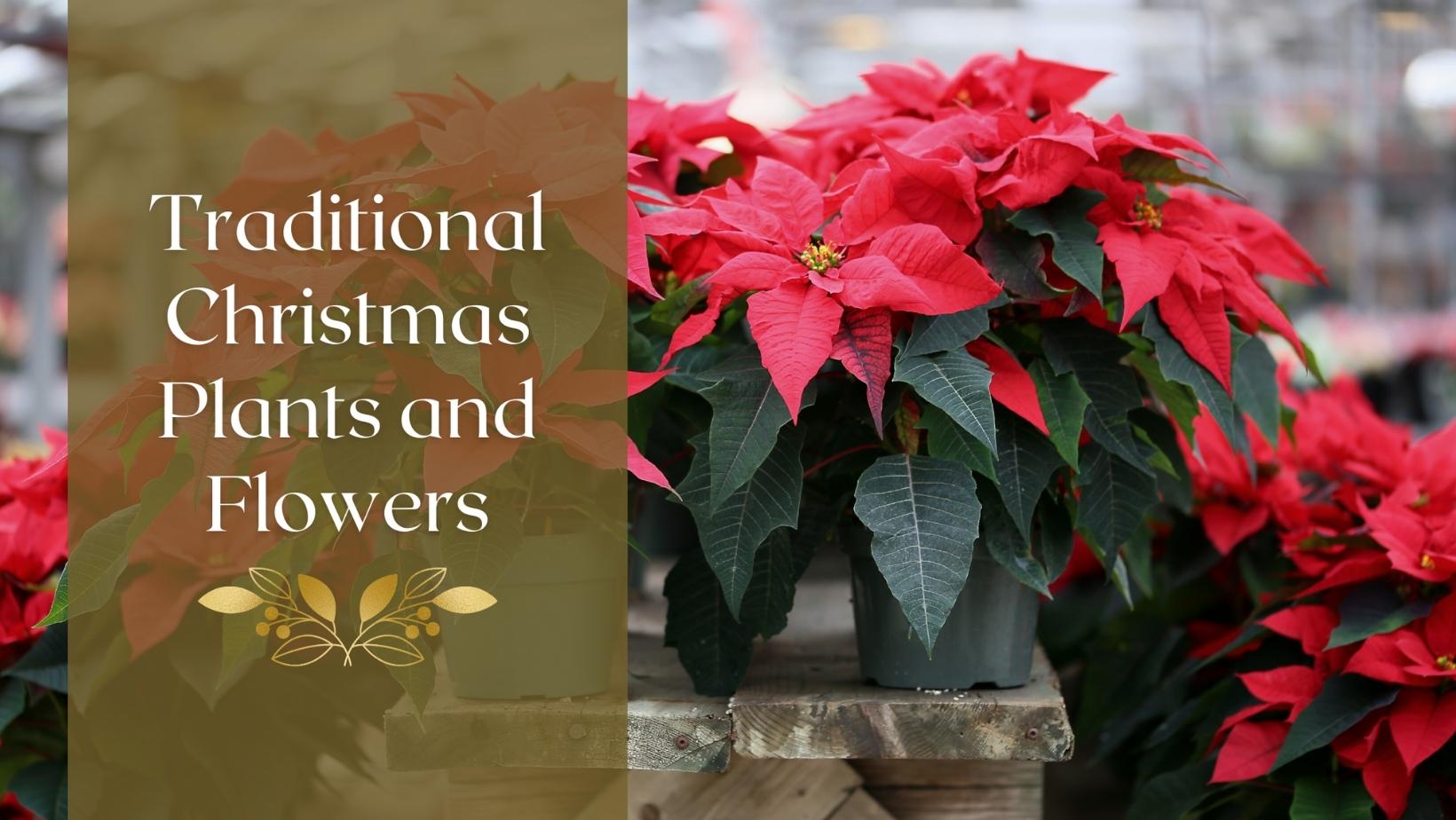
From Poinsettias to Mistletoe, some plants are undeniably associated with Christmas. They are often plants that reach their peak beauty in the winter and convey a sense of cheer for the Christmas season.
Mostly they are associated with good luck, new beginnings, and kinship.
Below are some fast facts about the different plants associated with Christmas.
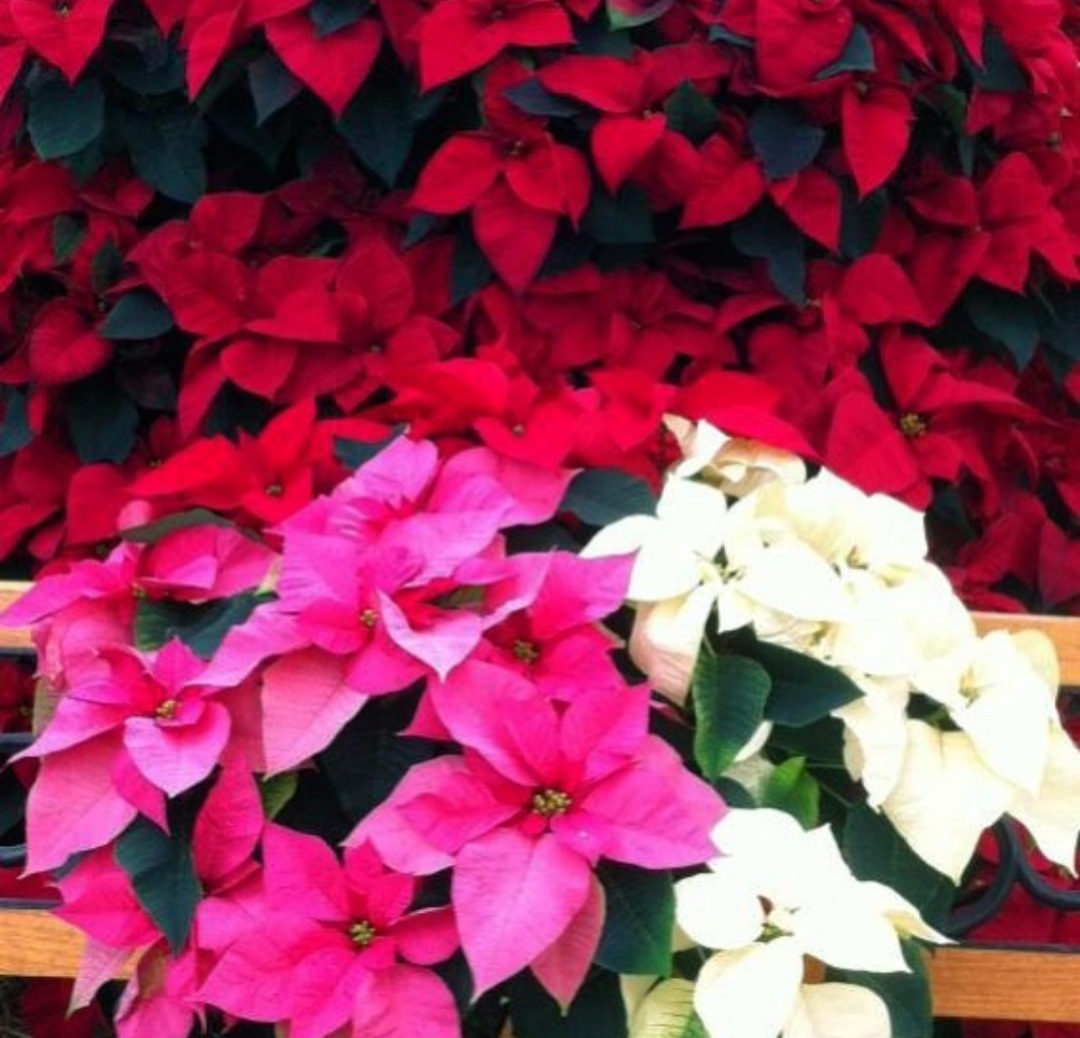
Poinsettias
-
They are native to Mexico and were grown by the Aztecs.
-
They are used to make a deep red dye and they produce a milky substance to make medicine.
-
Introduced to the USA from 1825 to 1829 by Joel Roberts Poinsett.
-
The red part, thought to be the flower, is the leaves or bracts.
-
Poinsettias are short-day plants, meaning they are vegetative during the summer and produce flowers during the shorter days of the fall.
-
The sap inside the poinsettia stem can cause irritation to the skin.
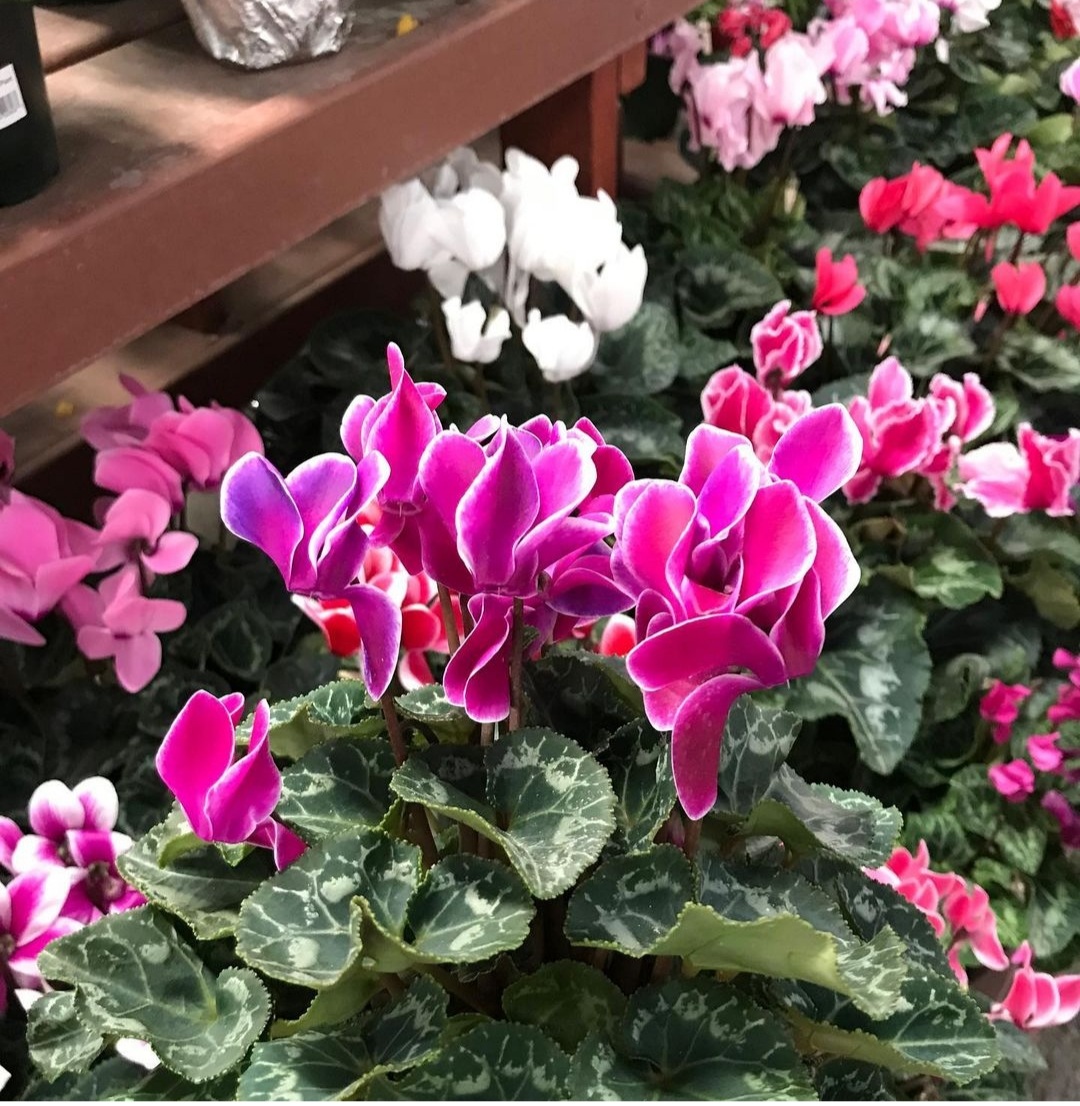
Cyclamen
-
Originated in the middle east and came to Europe in the late 1800s.
-
Symbolizes empathy and devotion in the Mediterranean region.
-
There are over 20 different species of cyclamen around the world.
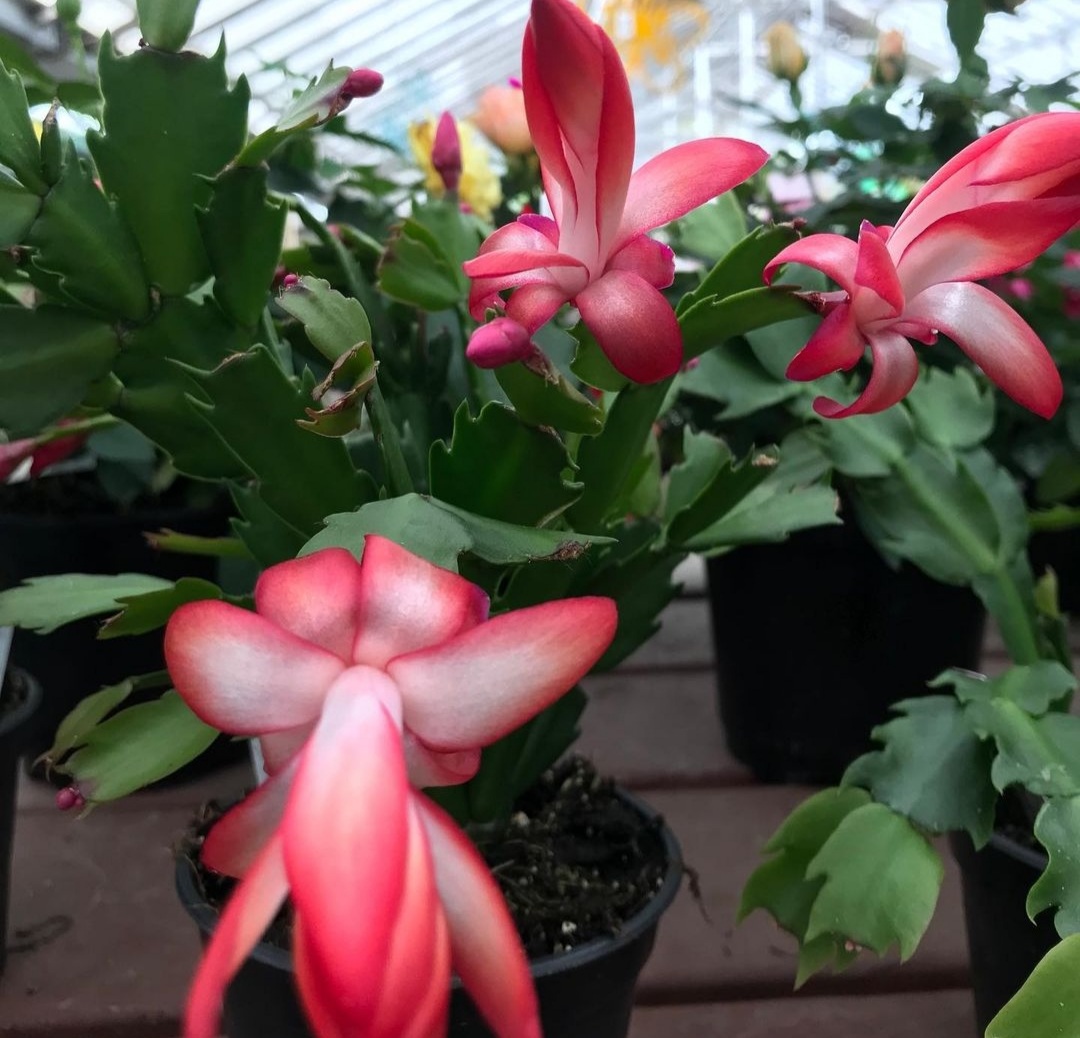
Christmas Cactus
-
Native to the mountainous region of southeast Brazil.
-
They grow at the bases of trees and get their water and nutrition from rain, decaying matter, and filtered sunlight.
-
They have flat stems that carry out photosynthesis.
-
Christmas Cactuses are short-day plants and will not bloom properly if exposed to light at night.
-
Do not expose cactuses to temperatures over 70 degrees Fahrenheit.
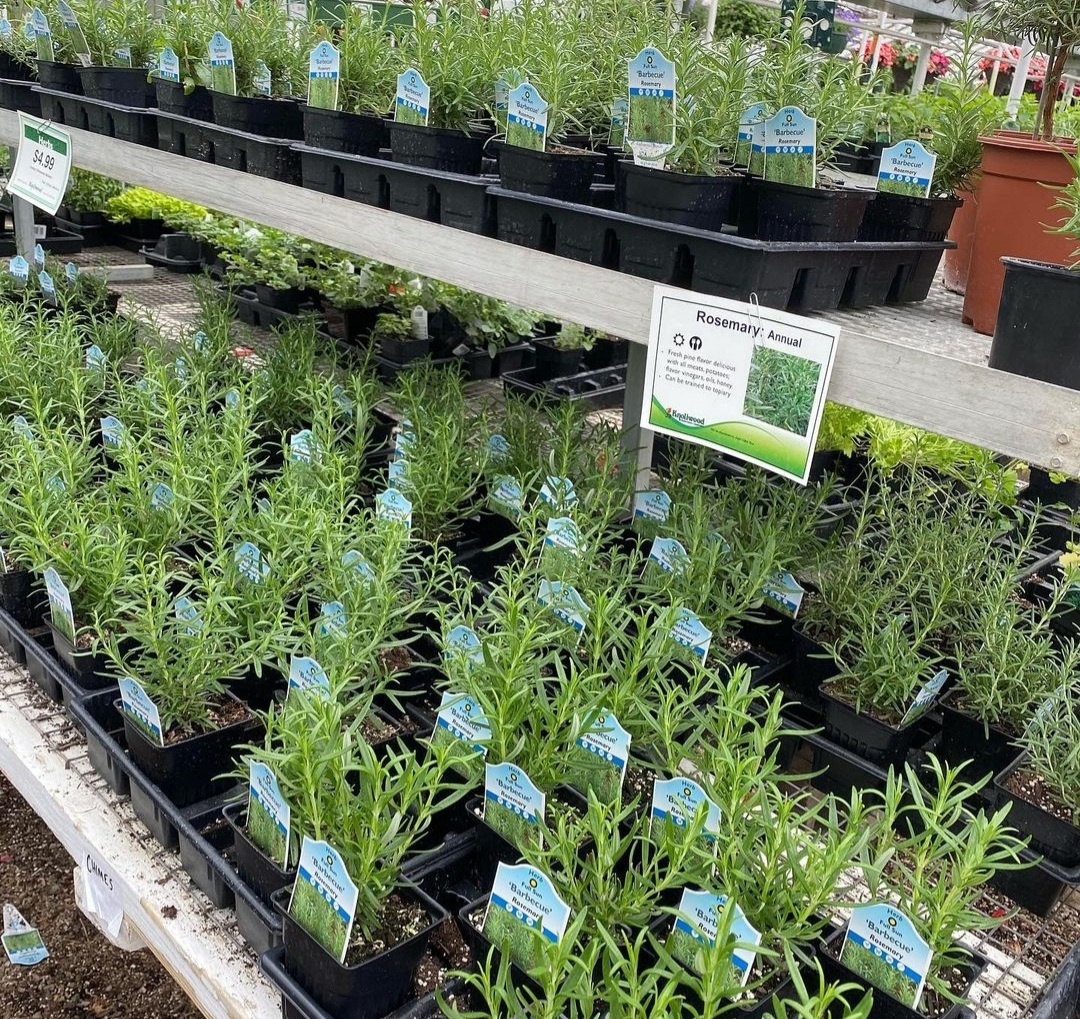
Rosemary
-
Most commercial rosemary comes from Spain, France, or Morocco.
-
Its leaves are evergreen, and green in color on the top and white on the underside.
-
Rosemary is frequently used in traditional Mediterranean recipes.
-
Rosemary is thought to increase blood flow to the brain, improve memory, reduce inflammation, help ebb the effects of Alzheimer’s, relieve pain, and boost the immune system.
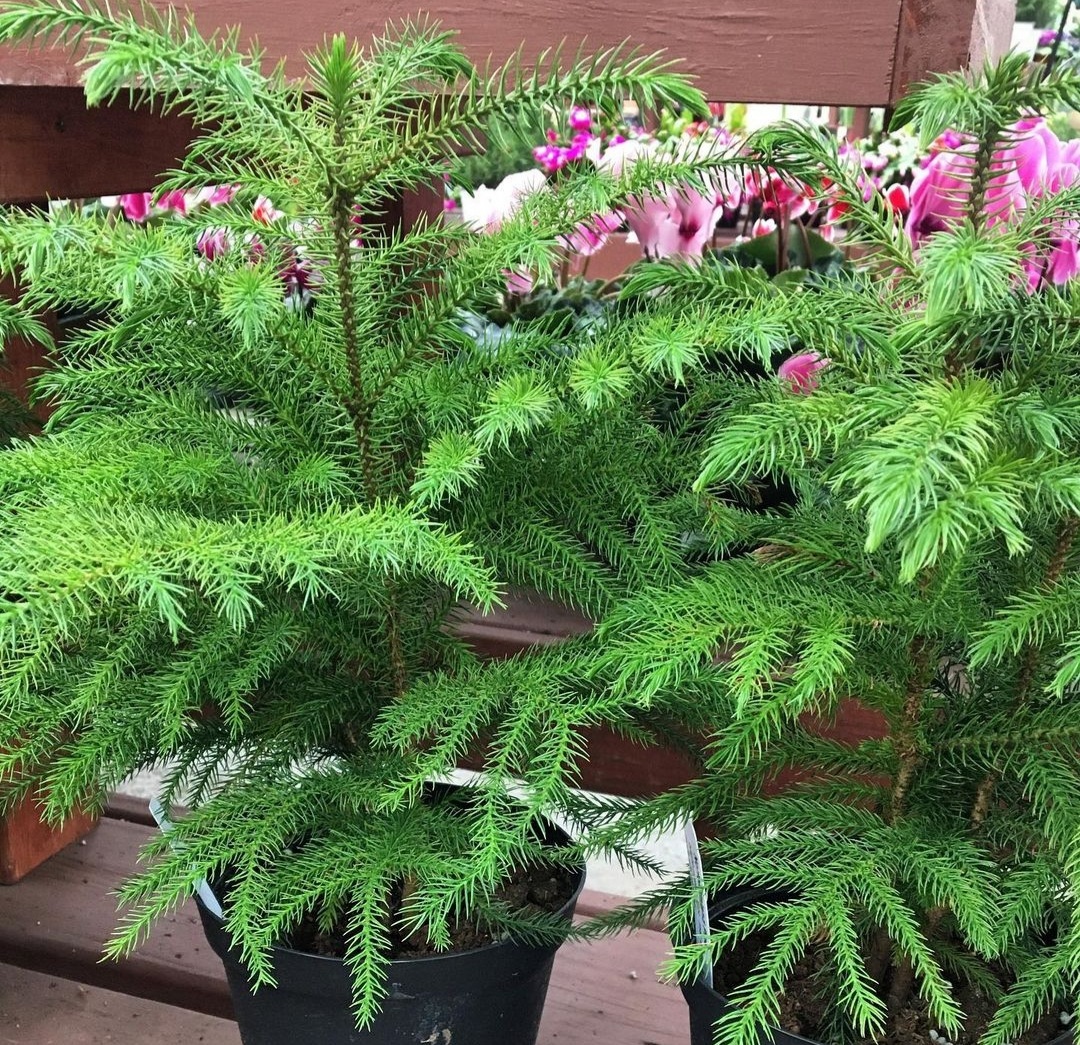
Norfolk Pine Tree
-
The Norfolk pine is a tropical tree and does not grow in frosty weather.
-
Seeds are harvested by hand in Hawaii and the Norfolk Islands.
-
In the wild, they can reach over 200 feet. Indoors, they stop at six feet after several years of growth.
-
They need bright light and high humidity indoors.
-
They should not be watered too often. Instead, place the pot in a saucer of water.
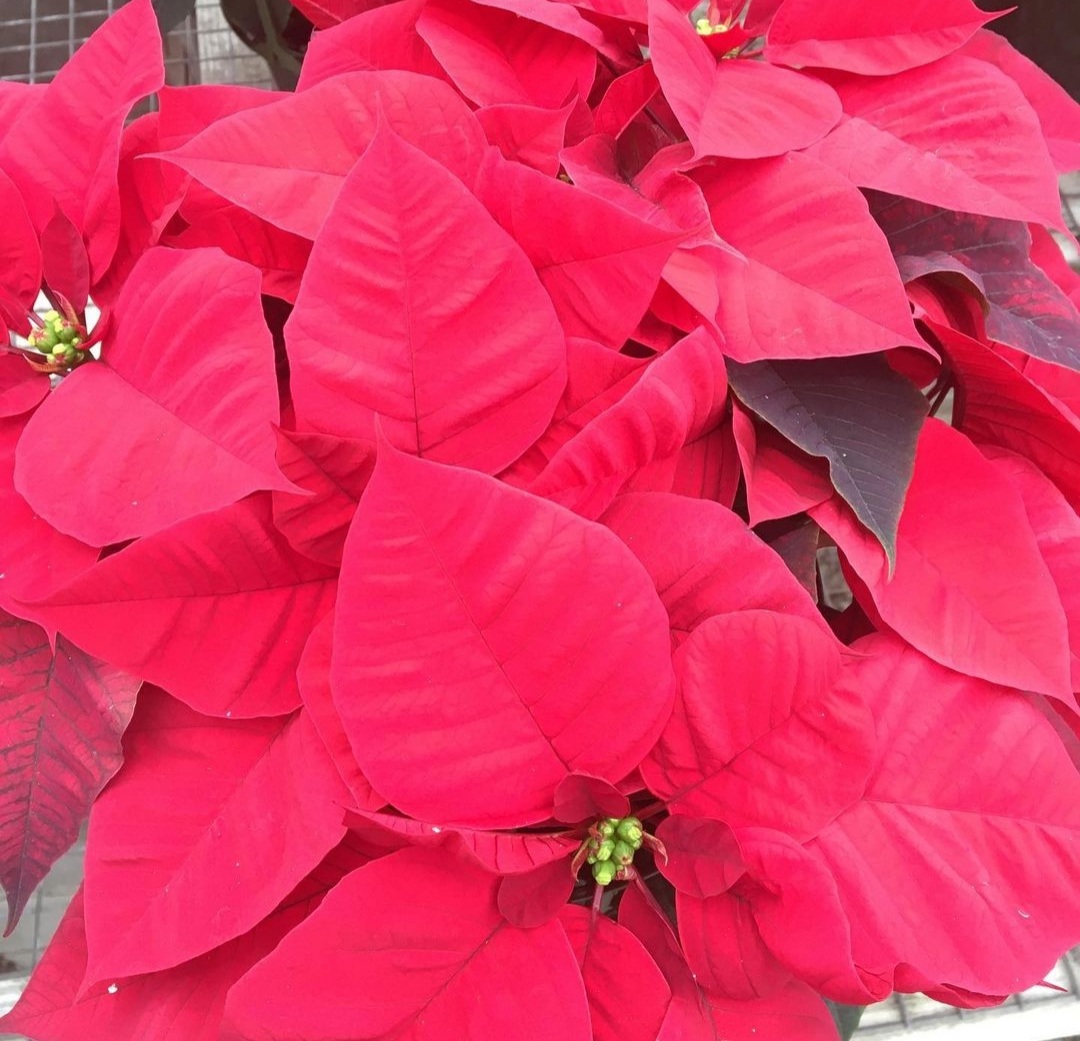
Amaryllis
-
Red and white are the most popular colors, but amaryllis comes in hundreds of different shades.
-
Amaryllis bulbs are quite large. They range in size from the size of a softball to that of a tennis ball.
-
It takes three years for them to grow large enough to market.
-
They are often shipped in from Holland.
.png)
Mistletoe
-
Mistletoe stays green in the winter by sucking nutrients from its host plant (that’s right, mistletoe is parasitic).
-
Kissing under the mistletoe originated in Europe in the 1500s.
-
Some species of mistletoe are poisonous.
-
The white mistletoe berries will explode when mature, scattering seeds.
-
Mistletoe has no natural scent.
-
When mistletoe grows very large, birds will often use it for nesting.

Holiday Tidings
While certain plants are associated with Christmas, Christmas time can be the perfect time to gift plants of all varieties.
Seeds, bulbs, and garden accessories make for ideal Christmas gifts as spring is just a few months away.
If you are looking for Christmas gifts for the garden-lover in your family, stop by Knollwood Garden Center in Beavercreek. We offer a wide range of garden plants and accessories.
